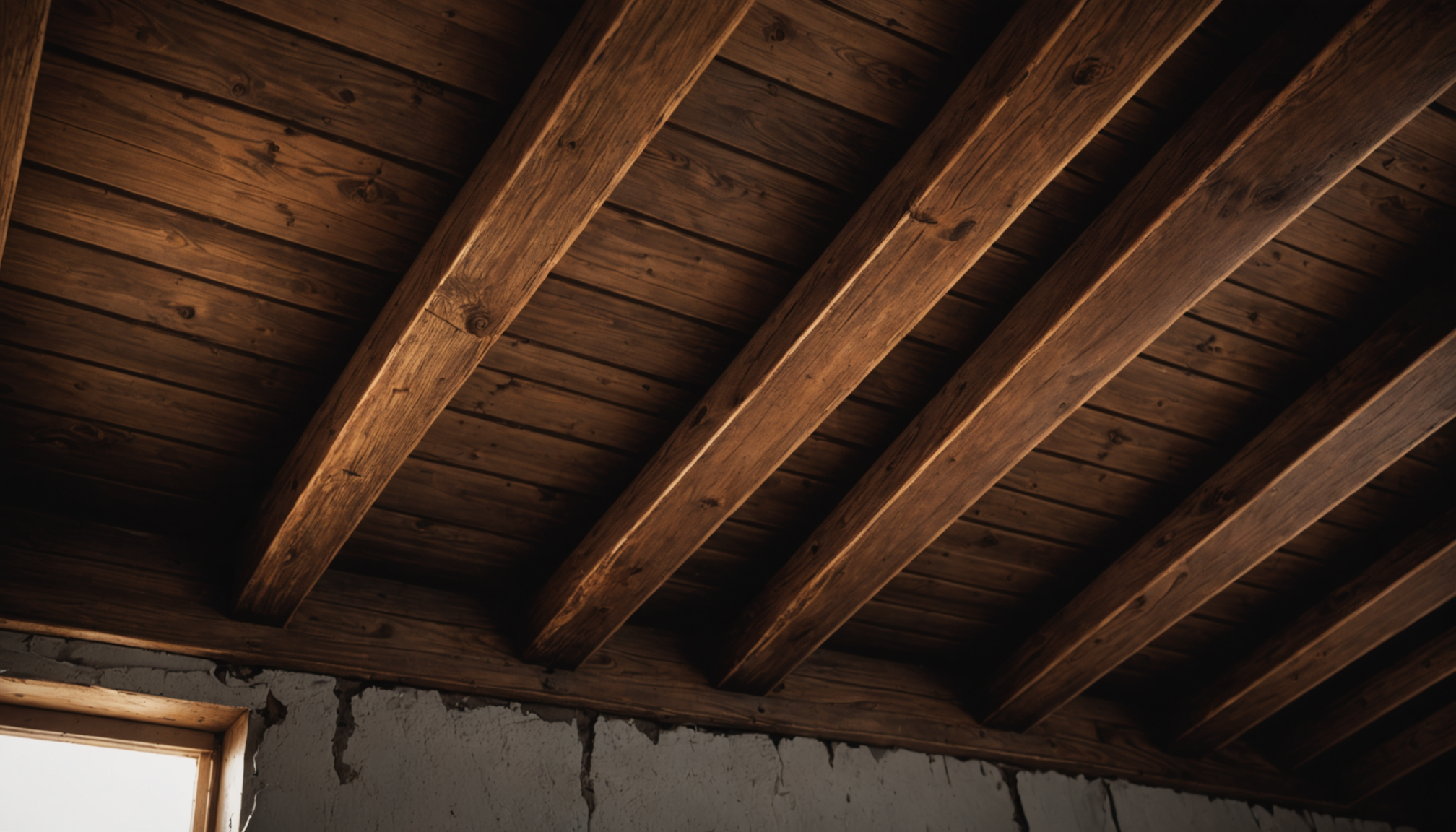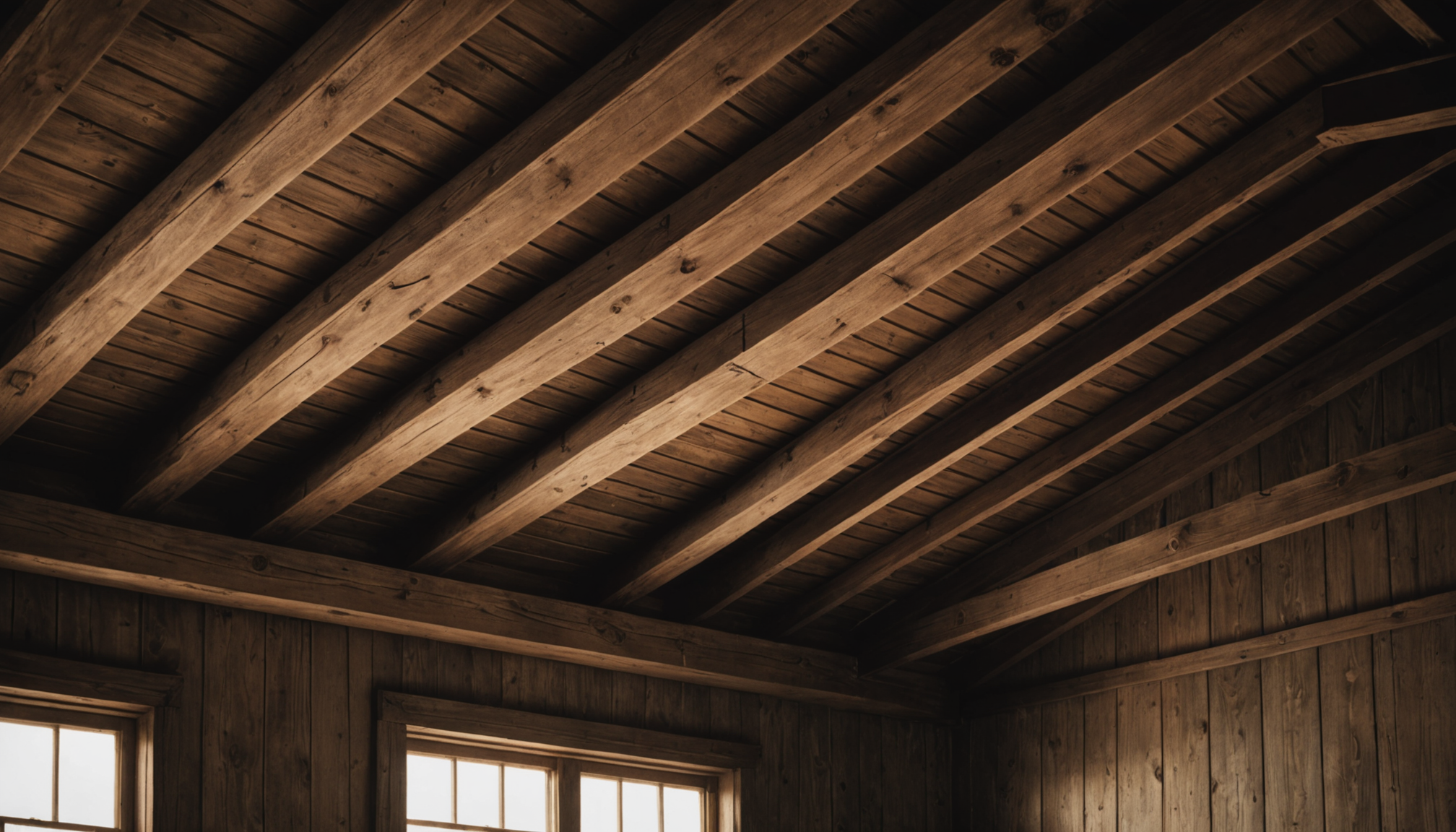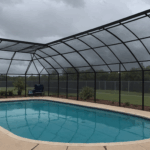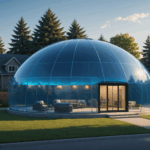In Tampa’s intense subtropical climate, identifying water intrusion early can save homeowners thousands in repairs. According to the National Weather Service, Tampa receives an average of 46 inches of rainfall annually, making local homes particularly vulnerable to water damage. Recent studies by the Insurance Institute for Business & Home Safety show that 95% of roof damage begins with small, undetected leaks.
The most telling signs of water intrusion in your attic include dark water stains on wooden rafters or decking, which often appear as brownish discoloration. Professional roofing inspectors report that these stains may take several weeks to become visible after the initial leak begins. You might also notice damp or matted insulation, which loses its effectiveness once wet and can become a breeding ground for mold.
Key indicators of water infiltration include:
- Musty odors, particularly after rainfall
- Visible mold growth on wooden surfaces
- Sagging or bubbling drywall on the ceiling below
- Peeling paint or wallpaper near attic areas
- Water droplets or condensation on attic surfaces
The Florida Building Code Compliance Office emphasizes that moisture meters can detect elevated humidity levels even before visible signs appear. According to Tampa-based moisture detection specialists, readings above 15% in wooden materials indicate potential water intrusion requiring immediate attention. During inspection, pay special attention to areas around ventilation fixtures, as these are common entry points for water.
A study by the University of Florida’s Building Construction Department found that 60% of attic moisture problems in Tampa homes stem from poor ventilation combined with water intrusion. Early detection through regular inspections, particularly after major storms, can prevent extensive structural damage and costly repairs to your roofing system.
Ventilation system inspection
A thorough inspection of your attic’s ventilation system is crucial in Tampa’s humid climate, where proper airflow can mean the difference between a healthy roof and costly damage. Start by examining the intake vents along the soffit area, ensuring they’re free from debris, insulation, or other blockages that could restrict airflow. According to local roofing experts, these vents should provide at least 1 square foot of ventilation for every 150 square feet of attic space.
Assessment of ridge vents, which are critical components in Tampa homes, should include checking for proper installation and ensuring they haven’t been compromised by severe weather. Power ventilators and turbine vents require special attention, as their moving parts can wear down over time. Florida building codes mandate specific ventilation requirements, and professional inspectors recommend testing mechanical ventilation systems at least twice annually.
Temperature monitoring is another essential aspect of ventilation inspection. During peak summer months, a properly ventilated attic in Tampa should maintain a temperature no more than 20-30 degrees higher than the outdoor temperature. Modern thermal imaging cameras can identify hot spots that may indicate insufficient ventilation or blocked airflow paths.
Pay particular attention to bathroom and kitchen exhaust ducts that terminate in the attic. These must be properly vented to the exterior to prevent moisture accumulation. Recent studies show that improperly vented exhaust fans are responsible for 35% of attic moisture problems in Tampa homes.
- Check soffit vent blockages monthly, especially after storms that may deposit debris
- Measure attic temperature during peak heat to ensure ventilation effectiveness
- Inspect mechanical ventilation components for proper operation and wear
- Verify that all exhaust ducts extend fully through the roof and are properly sealed
Common trouble spots
Many Tampa homeowners fall victim to common trouble spots that can lead to significant roofing and attic problems. The area where the roof meets walls or chimneys is particularly vulnerable, with local contractors reporting that 40% of leaks originate from improperly installed or deteriorated flashing in these locations. These metal strips require proper overlapping and regular maintenance to prevent water intrusion.
Another frequently overlooked trouble area is around attic penetrations such as plumbing vents and electrical conduits. The rubber boots or gaskets surrounding these elements often crack under Tampa’s intense UV exposure, creating entry points for water. Industry data suggests these penetrations account for approximately 30% of roof leaks in local homes.
Valley areas, where two roof slopes meet, require special attention as they channel large volumes of water during Tampa’s heavy downpours. Inadequate underlayment or improper shingle installation in these areas can lead to persistent leaks. Roofing experts recommend double-layer protection in valleys and regular cleaning to prevent debris accumulation.
The following locations demand regular inspection:
- Skylights and their surrounding flashing
- Ventilation fan housings and seals
- Corners where different roofing materials meet
- Areas with exposed nail heads or previous repairs
- Spots where tree branches make contact with the roof
One of the most commonly misunderstood issues involves improper attic ventilation near eaves. Many homeowners inadvertently block soffit vents with insulation, creating heat pockets that can damage shingles from beneath. According to local building inspectors, this mistake reduces roof lifespan by up to 20% and contributes to ice dam formation during rare cold snaps.
Gutter systems present another critical trouble spot, particularly in Tampa’s climate. Clogged or improperly pitched gutters can force water back under shingles, leading to fascia board rot and interior wall damage. Professional gutter services report that 75% of attic leaks they investigate are related to compromised gutter systems.
Preventive maintenance steps
Regular maintenance is key to preventing costly repairs in Tampa’s challenging climate. Start by establishing a quarterly inspection schedule, focusing on your attic’s critical components. During these checks, remove any debris from soffit vents and ensure all ventilation pathways remain unobstructed. Industry experts recommend using a leaf blower to clear soffit vents from the outside, maintaining optimal airflow throughout your roofing system.
Maintain your attic’s insulation properly by keeping it evenly distributed and ensuring it doesn’t block ventilation channels. The Department of Energy suggests maintaining an insulation depth of 10-14 inches for Tampa’s climate zone, but never compress it against roof sheathing. Install proper baffle vents where needed to maintain clear airflow paths from soffits to ridge vents.
Consider these essential maintenance tasks:
- Clean gutters and downspouts every three months
- Trim overhanging branches that could damage roofing materials
- Replace damaged or missing shingles promptly
- Check and reseal attic penetrations annually
- Monitor ventilation fans for proper operation
Document all maintenance activities and create a calendar for regular upkeep. Professional roofing contractors recommend taking photos during inspections to track changes over time. This visual record can be invaluable for identifying developing issues before they become major problems.
Invest in proper tools for maintenance tasks, including:
– A high-powered flashlight for detailed inspections
– A moisture meter to check wood surfaces
– Safety equipment like non-slip shoes and protective eyewear
– Basic hand tools for minor repairs
Remember that timing is crucial in Tampa’s climate. Schedule major maintenance tasks during the dry season, typically from October to May. This allows for thorough inspections and repairs without the interference of afternoon thunderstorms. By staying proactive with these preventive measures, you’ll extend your roof’s lifespan and maintain a healthy attic environment.
Emergency repair solutions
- What should I do immediately if I spot a leak in my Tampa attic during a heavy downpour?
- Place buckets or containers to catch water and document the leak locations with photos. Contact a licensed roofing contractor immediately, and consider applying a temporary emergency roof tarp if conditions allow safe access.
- How can I quickly seal a leak until professional help arrives?
- Apply roofing cement or a specialized leak patch to the affected area from inside the attic. For larger leaks, use a combination of plywood and heavy-duty plastic sheeting as a temporary barrier, but remember this is only a short-term solution.
- What emergency supplies should I keep on hand for roof leaks in Tampa?
- Maintain a supply of heavy-duty tarps, roofing cement, plastic sheeting, and buckets for emergency situations. Also keep a list of licensed emergency roofing contractors who offer 24-hour service in the Tampa area.
- When should I consider calling emergency roofing services versus waiting for regular business hours?
- Call emergency services if water is entering living spaces, affecting electrical systems, or causing











